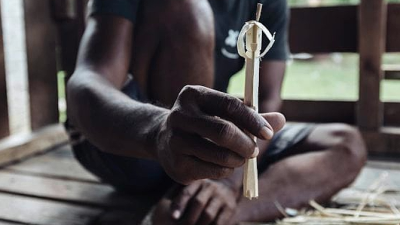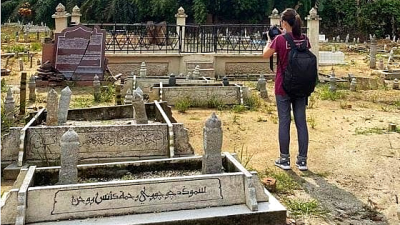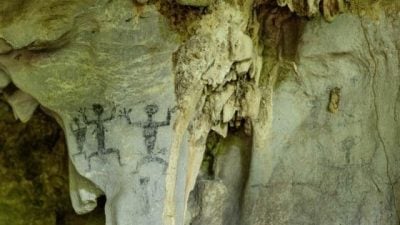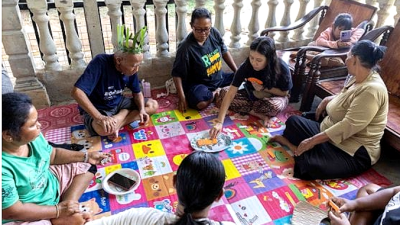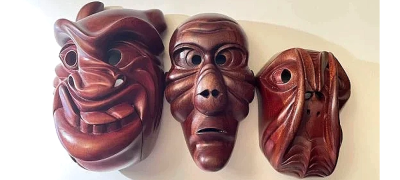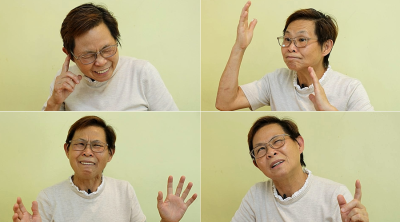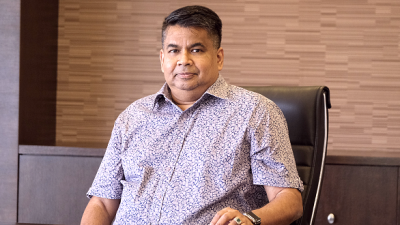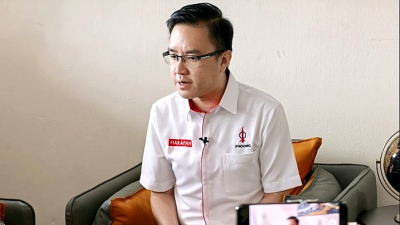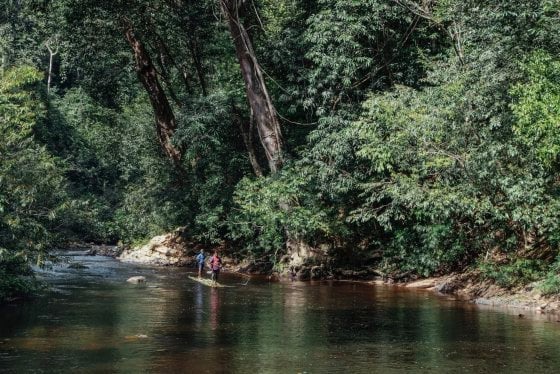
Whenever I meet new friends, they always ask me the same question: “How do you manage to find those Orang Asli villages?”
And I always reply, “No idea.”
It may sound absurd, but I’m hopeless in identifying direction. I often get lost even when driving in the city, let alone in remote mountains where GPS signals vanish into thin air.
Every time I head to a new place, I’m filled with anxiety. I worry that if I go too far, I might never find my way back. But strangely, there’s always a mysterious voice in my head urging me to dive into new adventures.
In June 2019, when news broke of 16 Bateq tribe members were found dead in Kelantan, the urge to uncover the truth firsthand grew stronger than ever.
But passion and a sense of mission alone were far from enough. To find this Orang Asli village, I scoured the internet for the names of journalists who had reported the story.
While covering parliament, I privately asked fellow reporters for leads. Eventually, persistence paid off—one TV journalist shared the route with me, and a Chinese newspaper reporter helped me get the village’s GPS coordinates from British anthropologist Ivan Tacey.
With this precious map in hand, I still needed to contact the Bateq village head before setting out. So I tried every possible way to find organizations connected to the Bateq.
That’s when I discovered Klima Action Malaysia, an environmental group that had previously raised funds for them and was about to organize a climate march.
To get in touch with their president, Nadiah, I pitched a story idea hoping to use the coverage as an excuse to ask her for the village head’s contact.
This preparation phase took nearly two months—and I still couldn’t reach the chief. But since we had already booked our accommodations, my team and I had no choice but to go.
After six hours of driving, passing towns with Jawi signage, Siamese villages where people didn’t speak Malay, Bangladeshi worker quarters, and endless oil palm plantations, we finally arrived at an empty village.
Panicked, I called Nadiah again for help. She answered with a tone like the end of the world:
“The Bateq are hunters-gatherers. When they go into the forest to forage, they can be gone for a week—or even a month.”
Trial 1: How to cross the home of the leech army
Before meeting the Bateq, we didn’t really understand what “hunter-gatherer” meant. Driven by curiosity and patience, we finally met them after three days and got the village head’s consent to interview them. The first Bateq phrase we learned was “Cep Bah Hep” (Let’s go into the forest)—a phrase they say all the time.
One day, after much persuading, three villagers finally agreed to take us into the forest to show us how they normally gather food. They said the trip would take about two hours.
But surprise! We entered in broad daylight and didn’t return until nearly dusk—five hours later, our legs covered in leech bites. After the dark red blood dried, wading through rivers reopened the wounds.
A few leeches even slipped into our navels, leaving us “city folk” on the verge of a breakdown. Strangely enough, the three Bateq men had shiny black feet with not a single wound.
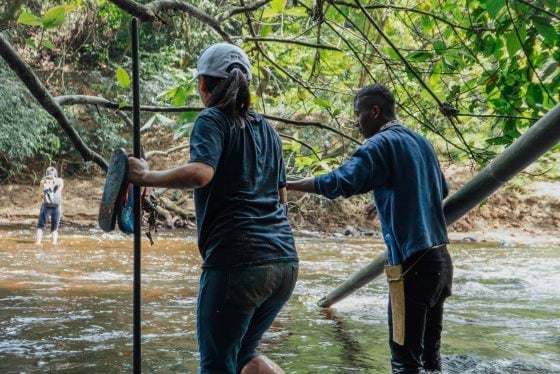
We wore the same flip-flops—so why did we keep sinking into mud? Why were we swept away by rivers, slipping on hills, and caught off-guard by even the tiniest leech?
In their familiar jungle, we—who pride ourselves on “civilization”—were completely out of place, stripped of any survival instinct, as if evolution had abandoned us.
After our constant screams and cries, two of the Bateq men told us to wait by a swamp while they fetched a bamboo raft. Pitifully, we sat on a fallen tree, listening to the gentle stream and quietly waiting to be “rescued.”
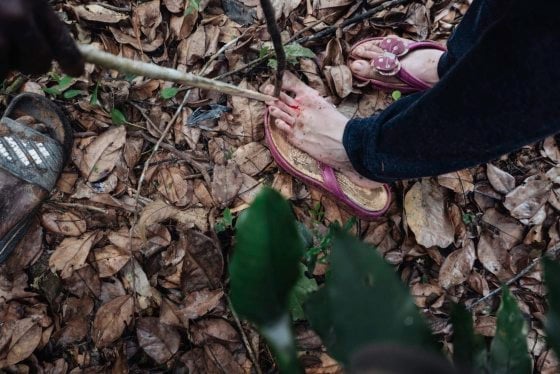
After an hour, we became impatient again and asked the third Bateq youth why his companions were taking so long. Calmly, he pointed to the bamboo grove up ahead and said they were just over there.
So why the delay?
When we finally saw the “rescue team,” we realized the truth—they weren’t fetching a raft, they were building a new one from scratch.
Trial 2: How to find a way through the forest
There was a time when a fierce storm had just passed the Endau-Rompin National Park in Johor. My Orang Asli friends and I were on our way to pray at a sacred tree. But as soon as we stepped into the damp forest, leeches attacked from all sides, clinging tightly to my feet.
By the time I reached the riverbank, everyone else had gone ahead, leaving only my Jah Hut friend Shafie to wait for me. Though I thought I was already walking faster than usual, Shafie couldn’t help but criticize my slowness.
As we walked, he suddenly shared a story about a Temuan village that has long fought against deforestation. For every tree cut by the government, the villagers would plant one back—and to this day, their forest remains well protected.
Inspired by this story, Shafie brought three durian seeds on this trip and decided to plant a few trees each time he visited the sacred tree. “In 50 years, this will be a forest,” he said.
Though the Orang Asli often lose in court, they win in protecting the jungle. I cringed listening to him.
As we were about to leave the forest, an Urang Huluk shaman suddenly told me to take the lead to test my tracking ability. But I still couldn’t tell which way was home.
They joked that every tree here holds important information – and I did not detect them.
As a pure city dweller, I suffer from severe “tree ignorance.” Whenever the shaman randomly quizzed me about tree names, I had no answers. To my shock, they were all durian trees—and I was finally declared an “unqualified villager.”
Back in the village, Shafie wasted no time broadcasting my humiliation. To redeem myself, I challenged another Semai friend to a “tree guessing” game.
Unsurprisingly, I could barely name a few: the betel nut tree, banana tree, and papaya tree near the forest clinic. But he, without hesitation, named each one:
“That’s pokok rambai, pokok tampoi, pokok kundang, pokok durian, pokok petai.”
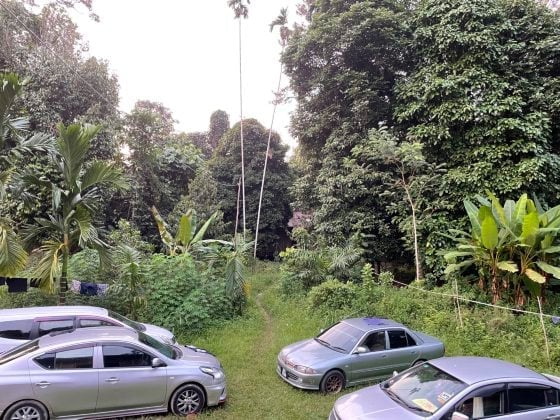
The next second, he pointed seriously to a plant on the ground and asked,
“Do you know what that is?”
By then, I rolled my eyes and snapped, “Come on! I know that’s grass!”
More on Echoes from the Forest
(Yi Ke Kuik is a Master’s student in Anthropology at National Taiwan University focusing on issues related to indigenous people in Peninsular Malaysia. Founder of myprojek04 photography initiative and writes for a column called Echoes from the Forest (山林珂普) in Sin Chew Daily, highlighting the photos and stories of indigenous people.)
ADVERTISEMENT
ADVERTISEMENT






